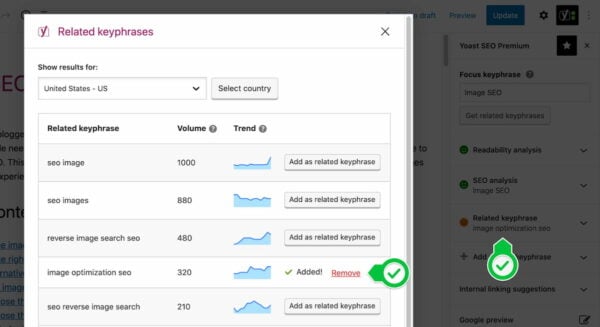
You can open these files in a text editor (e.g. Now it will tell you where your key pair was saved: Your identification has been saved in /home/username/.ssh/id_rsa Your public key has been saved in /home/username/.ssh/id_rsa/pub Enter passphrase (empty for no passphrase): Enter the same passphrase again: This is to prevent others from seeing your password).
Termius app unable to write public key password#
( NOTE: The terminal will not show the password while typing. Make sure to remember this password for later.

Next it will prompt you to enter a passphrase and confirm it. Enter file in which to save the key ( /home/RITusername/.ssh/id_rsa):The default file is usually fine. The terminal will respond with: Generating public/private rsa key pair.In the command line run: ssh-keygen -t rsa.Open the terminal/command prompt on your computer (for Windows open terminal in MobaXterm).Mac and Linux will look slightly different but follow the same process. NOTE: These images are from using MobaXterm on Windows. Key Generation and Set up with Linux / Mac / Windows with MobaXterm Instead of entering your RIT password (which you have to change at least once a year) every time you SSH into a remote machine, you can enter the passphrase for a private SSH key (which you never have to change).

The private key should be kept private (hence the name) anybody who has the private key can impersonate the person who generated it and steal their private information. Not only do SSH keys help to protect your data, they add convenience.

This checking continues as information is sent to you from the server. So when you connect to the remote server, the server confirms your identity by seeing if your private key unlocks the lock. The public key is like a lock, anybody can see it but only the person with the private key can unlock it. SSH secures information with the use of a private and public key. The Secure SHell (SSH) protocol is used to securely access remote servers.


 0 kommentar(er)
0 kommentar(er)
